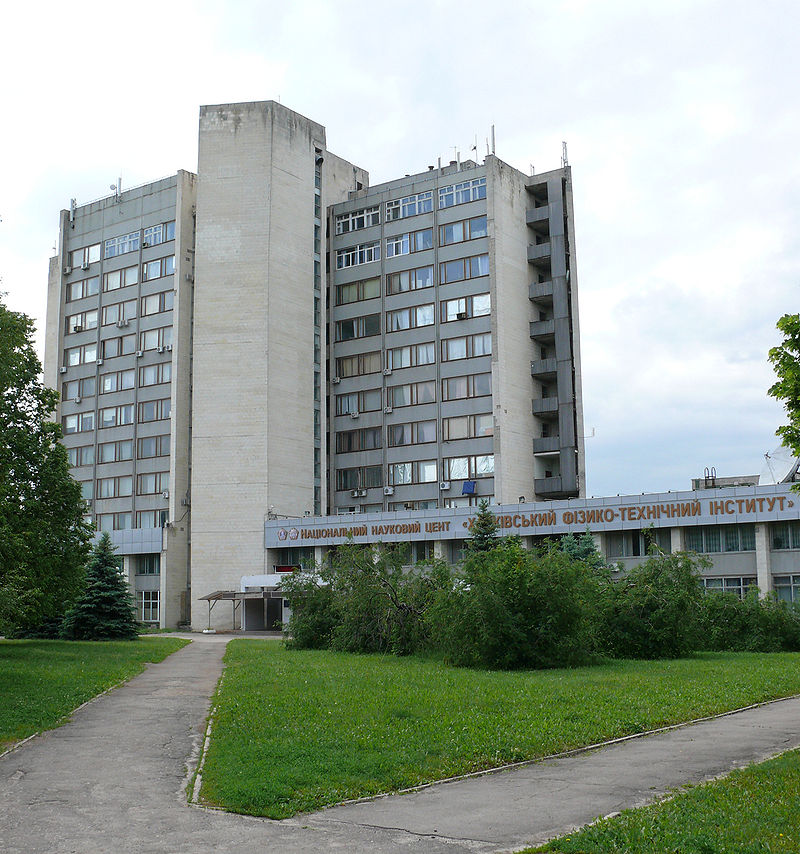Kharkiv Institute of Physics and Technology .jpg

The Kharkiv Institute of Physics and Technology (KIPT) in eastern Ukraine hosts a research facility with a nuclear neutron source. Last Sunday, the facility as attacked by Russian troops. Sunday evening, Ukraine referred to the Russian attack as “nuclear terrorism”. Their report listed details of the damage which included a substation which connects the plant to the electrical grid, cables within the facilities cooling system which prevents the plant from melting down, a heating line between structures in the facility, surface damages to the building that houses the structure, and windows across a number of buildings within the installation. The report said, “This list of damages is not complete so far. Currently, information on the consequences of the damages is being specified by the personnel.”
The Security Service of Ukraine’s Kharkiv branch said that the destruction of the facility could lead to “environmental disaster.” The Russian state-owned news agency TASS reported on Sunday that the attacks were brought on by Ukraine but that has been disproven.
The nuclear reactor at the facility, known as the NSA “Neutron Source”, was constructed with support from the Illinois-based Argonne National Laboratory in service of an agreement signed between the U.S. and Ukraine at the 2010 Nuclear Security Summit in Washington, D.C. The U.S. invested seventy-three million dollars in the project, which promised that the KIPT would be “given the opportunity to build state-of-the-art technology in nuclear research that will contribute to ‘solving problems of nuclear power industry and extending technical lifetime of nuclear power plants.’”
The Russian attack on the KIPT triggered global alarm. Mark Hibbs is a German-based senior fellow in the Carnegie Endowment for International Peace’s nuclear policy program. He assured an interviewer that even if the facility had been totally destroyed instead of just damaged, the risk to public health would have been minimal.
The facility is very small and only contains a few grams of uranium. It was not designed for power generation. Instead, it produces isotopes for nuclear therapy and medical procedures. It is also used for the training of personnel entering the Ukrainian nuclear industry. The facility had not even started up yet. It was scheduled to go operational this April. It was defueled in anticipation of attacks from Russia before Sunday’s strike.
Hibbs said, “It’s not a power reactor. Its destruction would have been a sad and tragic loss to the nuclear program in Ukraine, but it would not have posed a human health hazard.” Even so, the Russian attack represents a symbolic strike on the Ukrainian’s nuclear sector. Hibbs said, “It had a variety of nuclear energy applications. It was clearly a project that involved cooperation between Ukraine and the United States. To a certain extent, it might have been seen by attackers as a symbolic target. An attack on activities like this would be disturbing to scientists in Russia, who are involved in the same activities as in Ukraine.”
Jeff Merrifield is a former member of the U.S. Nuclear Regulatory Commission. He said that he viewed the series of attacks on Ukrainian nuclear infrastructure such as Chernobyl and Zaporizhzhia nuclear facilities as part of a wider attempt at eroding Ukraine’s energy security. Merrifield said, “Russians want to control these plants because they want to be able to shut off the power,” Merrifield said. “They want to be able to exert that level of control.”